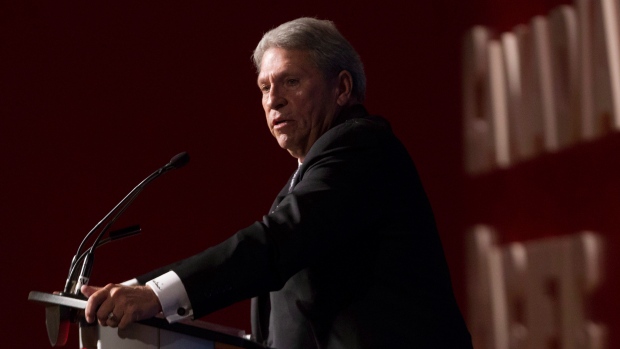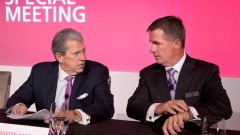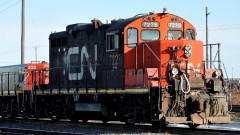Jan 19, 2017
Turnaround timeline: Key moments in Hunter Harrison’s run as CP Rail’s CEO

Hunter Harrison’s early departure from CP Rail may pave the way for the veteran railroader to take on his third reclamation project, after successfully driving efficiencies and earnings at both of the Canadian rails. Harrison came out of retirement in 2012 at the behest of Pershing Square’s Bill Ackman, who launched a high-profile proxy fight to oust former CP chief executive Fred Green. Below, a brief timeline of Harrison’s tenure at the company.
October 28, 2011: Bill Ackman’s Pershing Square discloses its 12.2 per cent stake in CP in a filing with the U.S. Securities and Exchange Commission. Ackman notes at the time he expects to engage Green’s management team in discussions.
November 2, 2011: Ackman and a pair of lieutenants meet with CP chair John Cleghorn and Green in Montreal. Ackman says the railroad’s operating ratio could fall lower than 65 in four years, if Harrison is at the helm. It takes Harrison half that.
May 17, 2012: After a long and bitter proxy fight, Fred Green resigns as CP’s president and CEO, conceding defeat and paving the way for Harrison to complete his return from retirement on June 29. Ackman and six other nominees, including Paul Hilal, are elected to the board. Green leaves CP with an operating ratio of 80.1 per cent, among the industry laggards.
June 29, 2012: Hunter Harrison takes the reins of the iron horse, pledging to implement the “precision railroading” model he pioneered at rival CN Rail. The model relies on increasing train speed, reducing dwell time at terminals, and cutting staff. CP has 16,992 employees when Harrison arrives: six rounds of job cuts have reduced headcount to 11,803 upon his departure.

February 14, 2013: Hunter Harrison poaches his long-time protégé, Keith Creel, away from rival CN. Creel takes the reins as president and chief operating officer, and is widely seen as Harrison’s successor when the time comes for Harrison’s retirement.
February 19, 2014: Harrison rails against the continued use of the DOT-111 railcar to transport crude, calling for immediate action to phase out the railcars connected to the devastating explosion in Lac-Mégantic, Quebec.
March 27, 2014: CP fires back at new legislation tabled in the House of Commons to resolve a dispute with Canadian grain producers, claiming that the mandated increase to shipments in the face of a record crop yield has the potential to damage the Canadian rail network. Harrison reiterates his stance in April, calling out Ottawa for the government’s lack of definitive action.

September 9, 2014: CP Rail and its rail traffic controllers ratify a new six-year labour agreement after heated negotiations. The labour deal ensures strike action does not disrupt service at the operator.
October 20, 2014: Harrison surprises markets by disclosing CP held exploratory talks about a merger with CSX. Harrison argues the significant rail bottleneck in Chicago necessitates further Class 1 consolidation, but laments the regulatory environment would likely quash such a deal.
November 9, 2015: Harrison takes another run at Class 1 consolidation, making a bid of nearly US$30-billion for Norfolk Southern; which soundly rejected the bid, arguing it significantly undervalued the company and would likely fail to pass muster with regulators.


